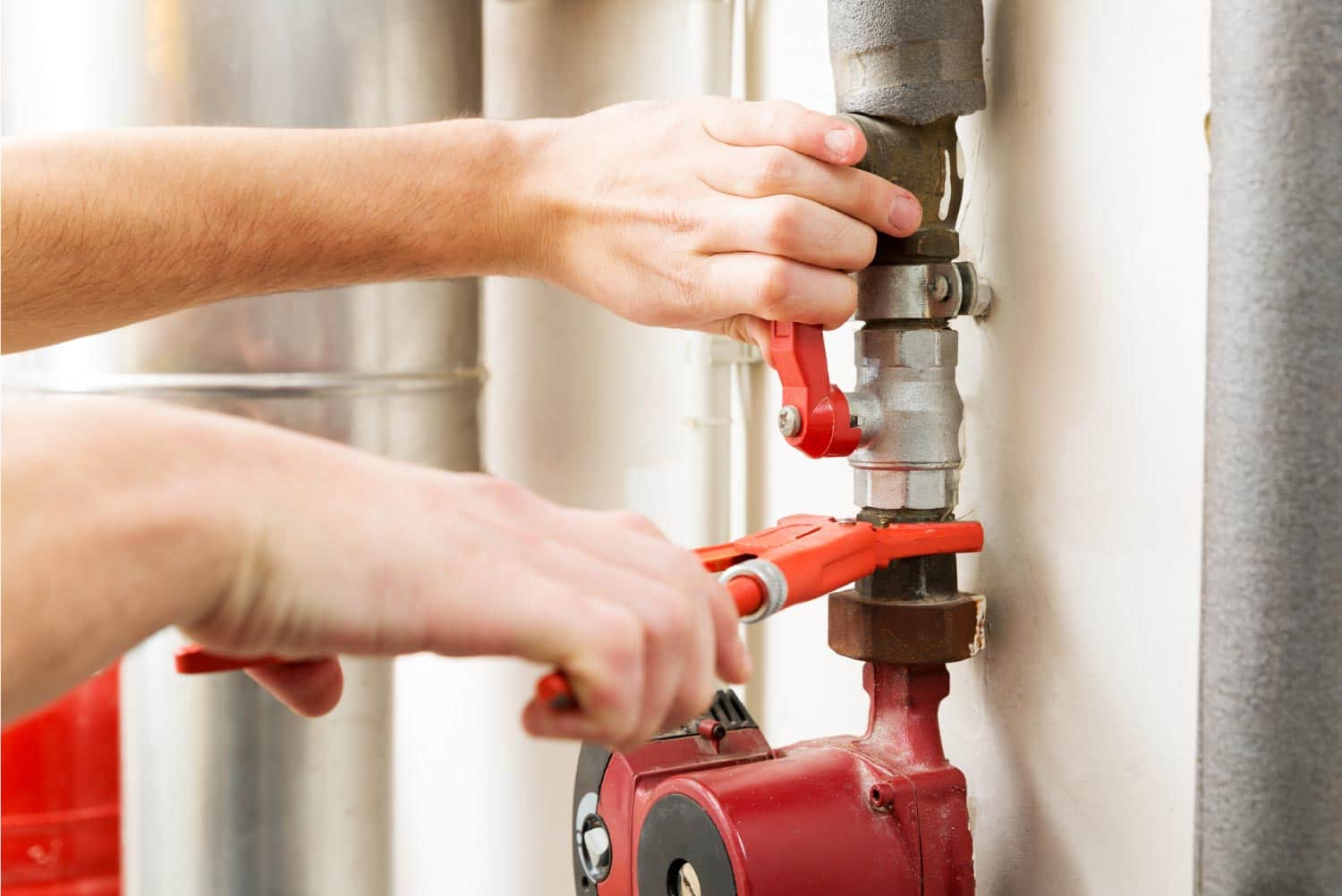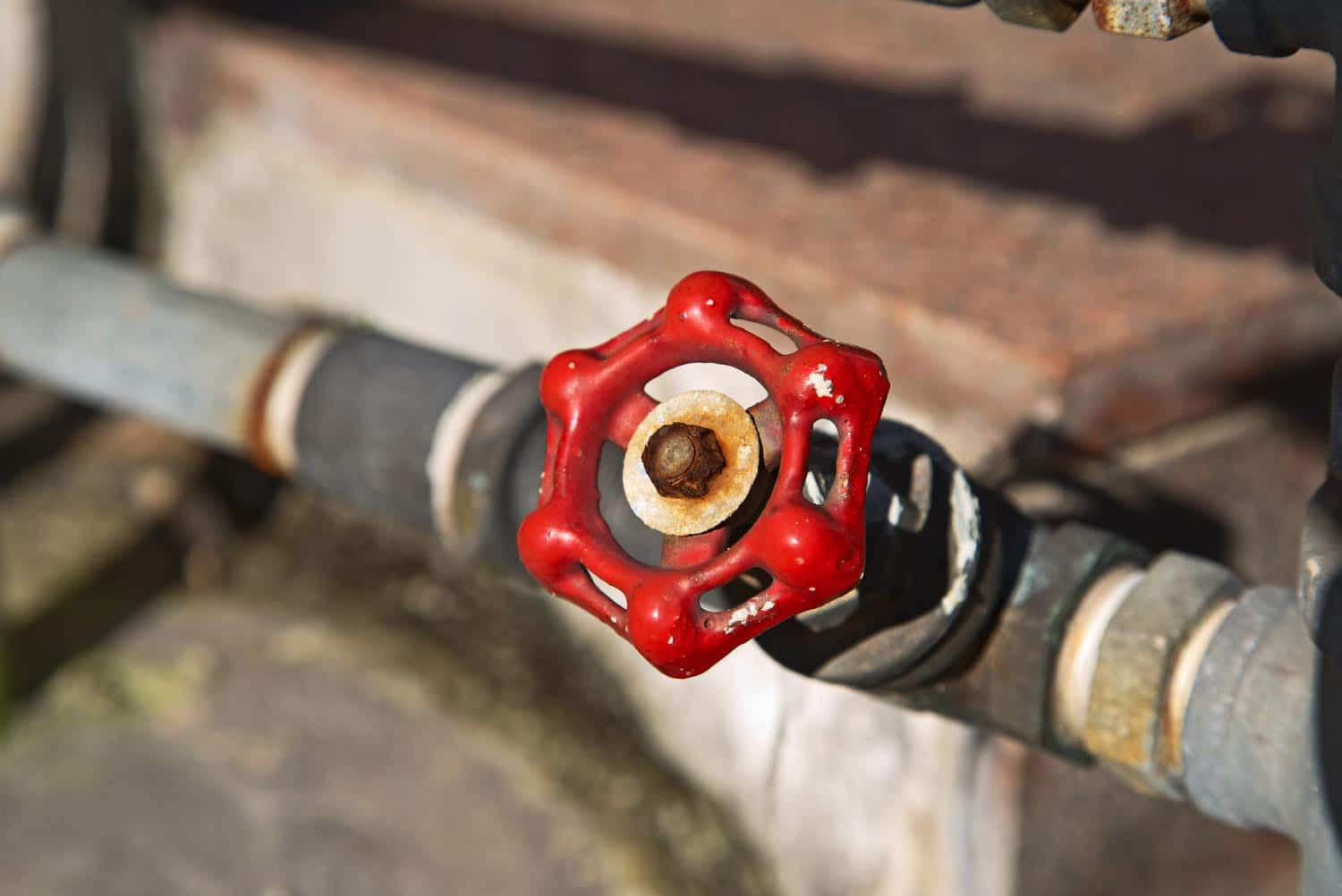The article down below involving 3 Shower and Storm-Proof Steps For Your Home is without a doubt captivating. Check it out for yourself and figure out what you think about it.

The plumbing system of your house is a detailed network of pipelines as well as shut-off valves. In the occasion of an emergency, you can reduce the water using the valves.
Why Must I Worry About This?
Besides, professional servicemen will shut off these shutoffs when there are fixings in regional lines. For instance, your restroom sink is defective, so you can readily find the shut-off valve beneath the sink. For major leaks, you need to shut the mainline shut-off valve. If you will certainly be away for vacation, it is also great method to transform this off.
The longer you wait to close the shut-off shutoff, the a lot more comprehensive the damage will certainly be. You might not have adequate time to figure out how to shut the shutoffs when you're stressing amidst an emergency.
What Does the Shut-Off Valve Appear Like?
This is normally a knob that allows you to shut off the water for a specific device, a local location (for instance the entire 2nd flooring), or for the whole residential property. It is important to understand where these valves are, so when something emerge in any kind of area of your residence, you can shut it as soon as possible. This will aid you prevent substantial water damage that will certainly cost thousands to repair.
Where are These Located?
Your best wager is to call a water repair solutions business for support. If you have a fairly moderate-sized house, try looking for a knob or bar.
It ought to be suggested in those documents if you have a home assessment record from when you got your residential or commercial property. If you constructed it from scratch, it should be in the blueprints. Typically, builders set up the shutoffs near or within the primary, ground-floor restrooms. Although the shutoffs are expected to be noticeable, some pick to camouflage them for aesthetic reasons.
When to Call a Specialist?
Should the aforementioned hold true for your local shutoffs, you have no other selection but to shut down the major water line, cutting the source of water in your whole house. Then call the plumber to examine the trouble and shut down the valve in that location only so you can utilize the rest of the plumbing in various other areas of your house.
Bear in mind, these shutoffs are lifesavers and also essential for any plumbing repair work. You can turn them off if you find any leaks to prevent more damages. Your residence can obtain swamped not only through all-natural catastrophes however because of a burst pipeline. In case of a plumbing emergency, shut down these valves to stop difficulties that call a reputable water damages restoration copyright.
The plumbing system of your home is an intricate network of pipelines and shut-off shutoffs. In the event of an emergency, you can reduce the water using the shutoffs. The longer you wait to close the shut-off shutoff, the much more considerable the damages will be. It is crucial to understand where these shutoffs are, so when something plants up in any location of your house, you can shut it right away. In the occasion of a plumbing emergency, shut down these shutoffs to prevent complications that call a reputable water damage restoration copyright.
How to Shut Off Water Valves
The Shutoff Valve to the Water Supply for an Individual Plumbing Fixture
To stop the flow of water to a specific appliance such as a sink, check the pipes for the nearest valve; it will likely be made of chrome and located directly below the fixture. Many showers and sinks have two valves for hot and cold water respectively, so make sure to turn them both off. Appliances like dishwashers, How to Shut Off Water Valveswashing machines, and refrigerators sometimes have switches, rather than valves, on the hoses connecting them to the wall. Water heater valves are usually located on the pipes above.
When it comes to which way you should turn the valve, keep in mind the old saying “righty tighty, lefty loosey.” In other words, turning a valve clockwise, or to the right, will restrict the flow of water while turning it counterclockwise, or to the left, will allow water to flow. If you have trouble turning the valve, wear a work glove to get a better grip, or use a wrench. Once you turn all of the valves clockwise as far as they will go, the water supply should be successfully shut off.
Before you start making repairs, have a bucket nearby so that you can drain any water that was left over in the pipes. After you finish the job, turn the valves counterclockwise as far as they will go to restore the water flow.
The Shutoff Valve for the Main Water Supply to Your Home
The first step is locating your main shutoff valve. You probably have a brass valve with a round handle near the area where water enters your home. It could be located in your kitchen, a utility closet, a downstairs bathroom, or even on an outside wall. Turning the valve clockwise as far as it can go should shut off all of the water fixtures in your home; however, you’ll need to turn on all faucets to empty any water left remaining in the pipes. Let your sinks and showers run until all water flow ceases, and then turn all faucets to the off position. After finishing your repairs or installations, turn the main valve back counterclockwise.
The Shutoff Valve for the Water Supply to Your Entire Property
Before you do anything, call your water company and ask for permission to access your street shutoff valve. If your home’s main water valve fails or needs replacing, you must turn off the water supply to your whole property before attempting repairs. You’d also need to do this before trying to fix a leak in the pipes connecting your home to the street valve. The shutoff valve for the property is usually located in the same metal box that contains the water meter. Remove the box cover and look for a handle; you might need a long wrench to reach it.
Different cities have different types of street valves. Ball valves have long, thin handles while gate valves have more rounded handles. A ball valve handle will usually be aligned with the pipe while open; turn it 90 degrees to the right to turn it off. Gate valve handles should be turned clockwise as far as possible to stop the water flow.

I was brought to that editorial on 3 Simple Strategies to Prevent Damage from Showers and Storms from a good friend on another blog. Liked our blog? Please share it. Let another person locate it. Thank you for going through it.
Contact, be stress-free!